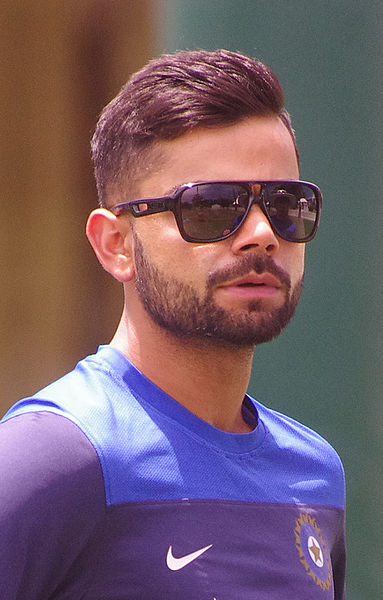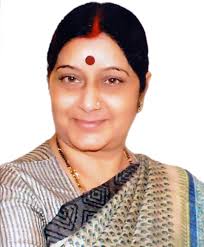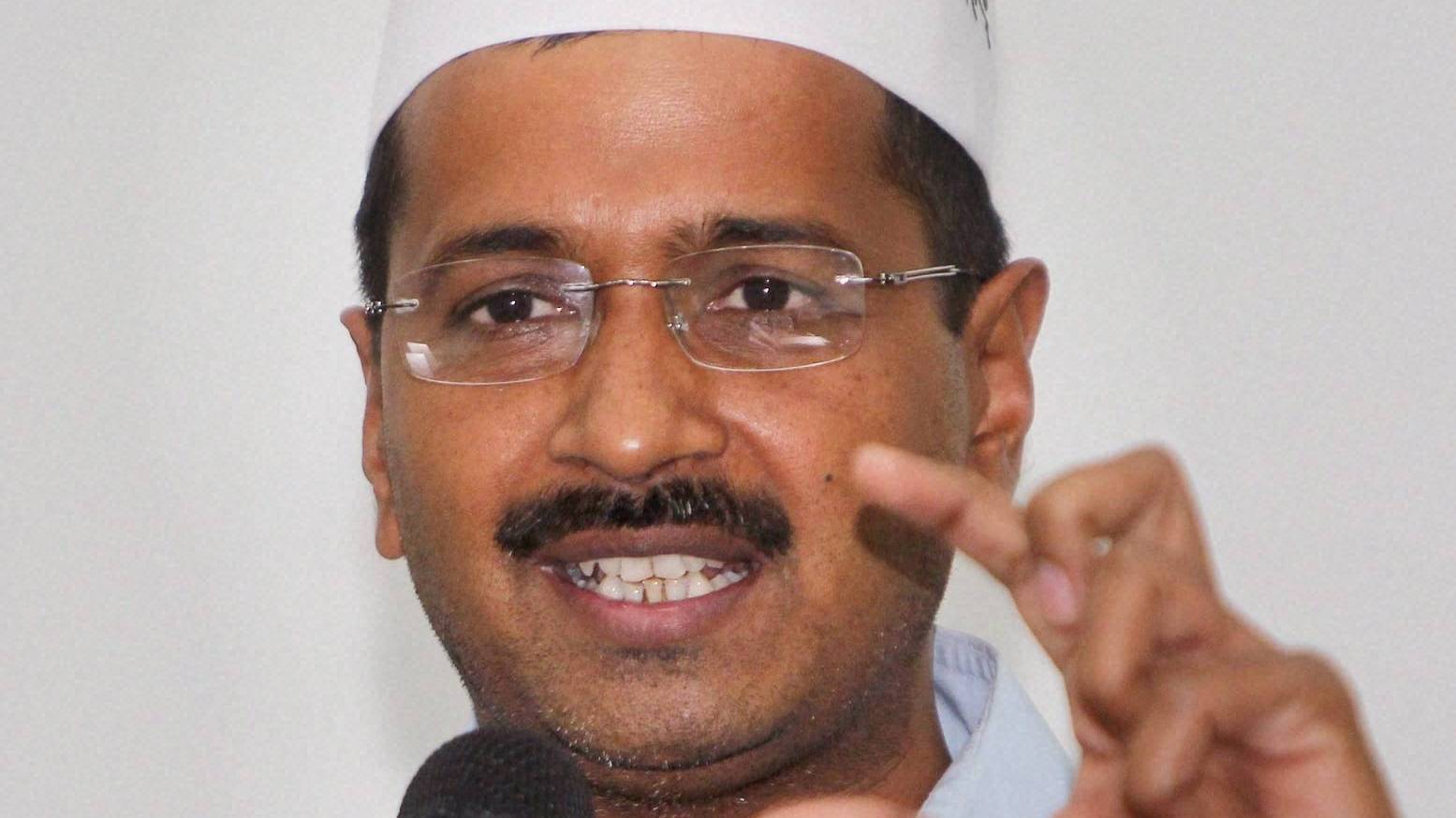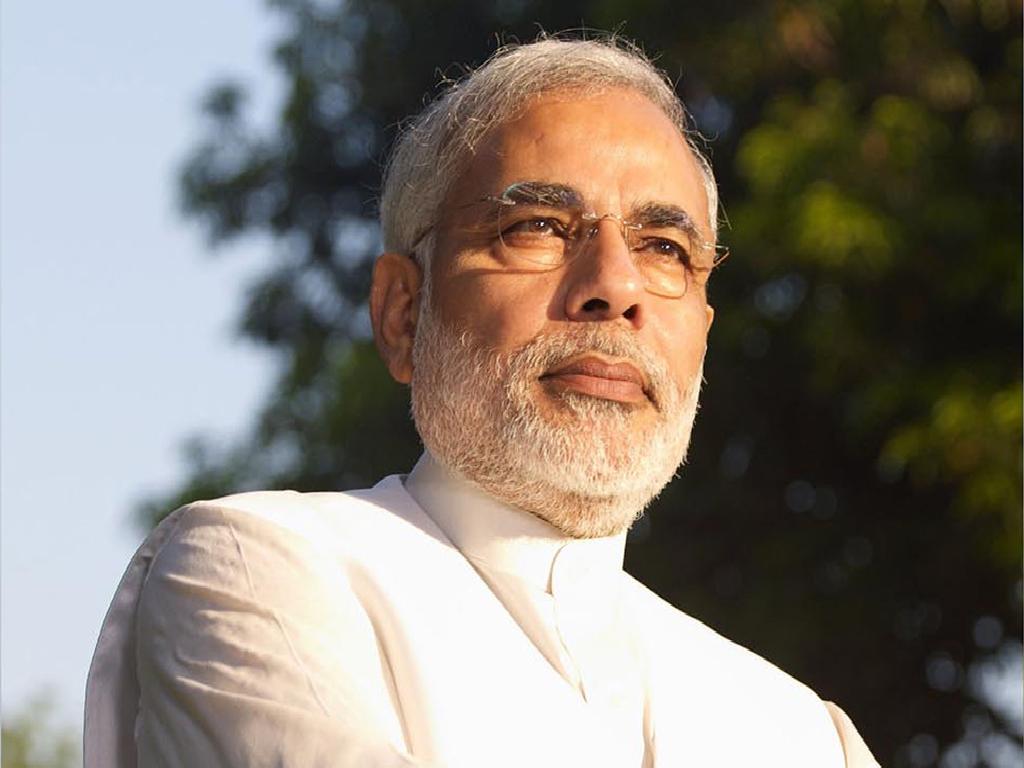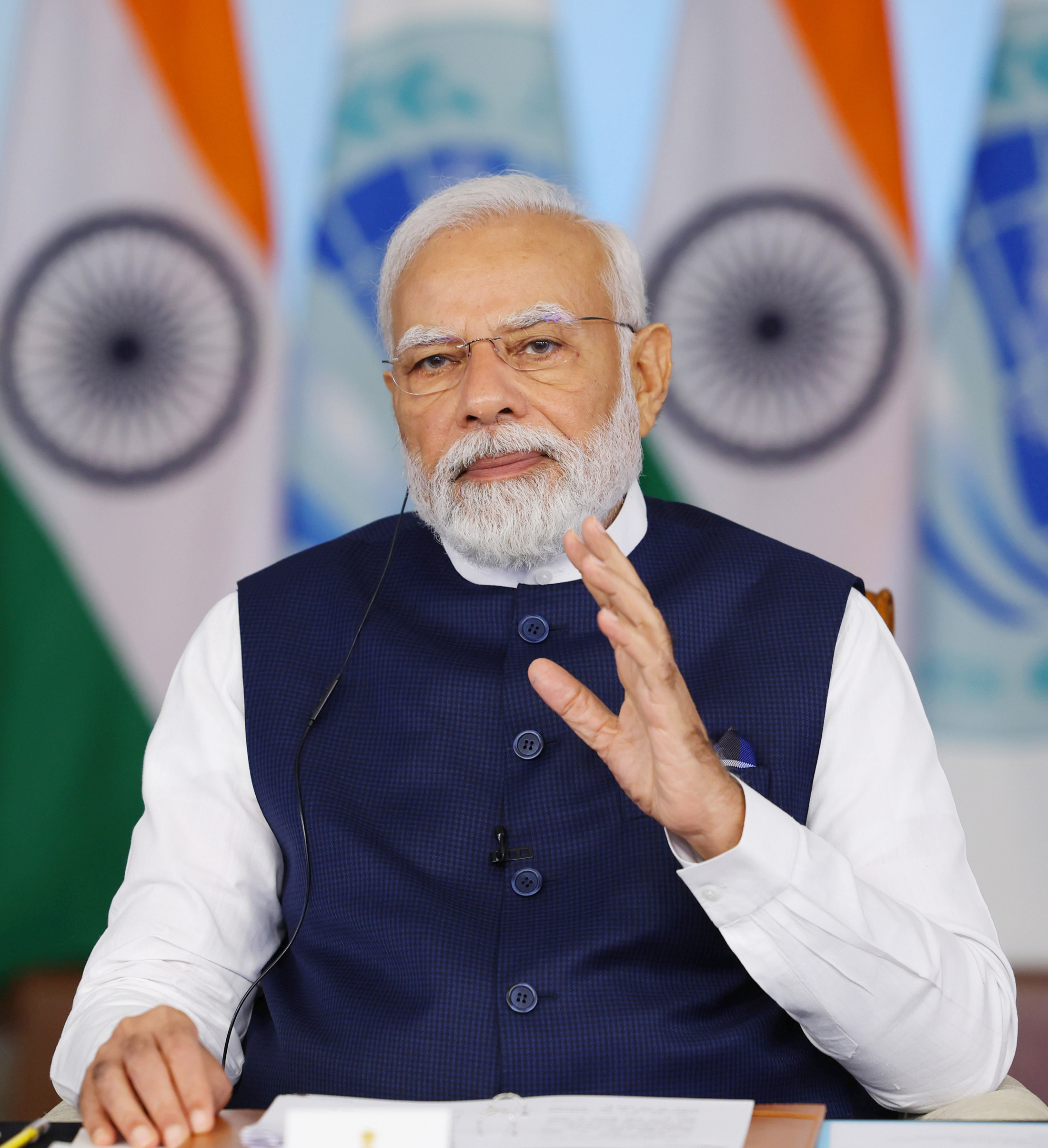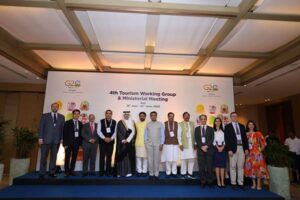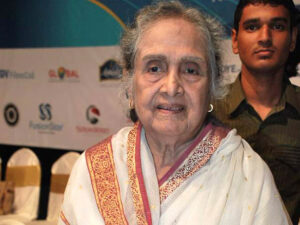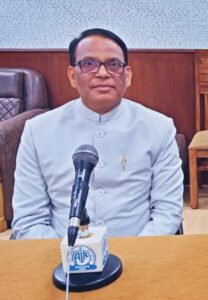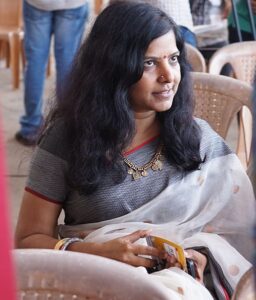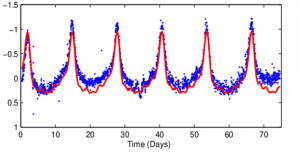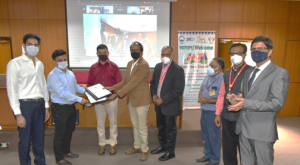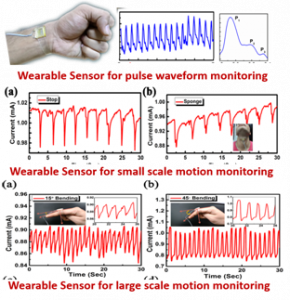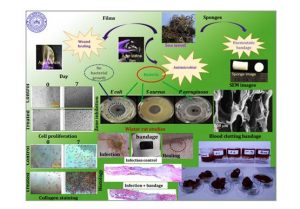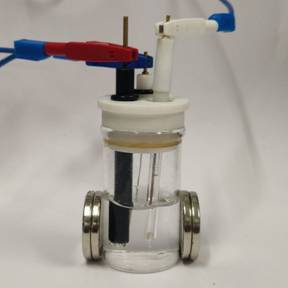Low-cost flexible sensors with robotics, bio-medical applications developed
The technology which can be used to monitor the pulse waveform of a human radial artery in real-time is aligned with the ‘Make in India’ initiative
THC Bureau | August 12, 2021 6:57 pm

PIB photo
An Indian researcher has developed low-cost soft, flexible, and wearable sensors that can be used for diagnosis of pulse rate variability in humans. Being a high-sensitivity flexible pressure/strain sensor, it can also be used for small- and large-scale motion monitoring, with potential applications in robotics, prosthetics, as well as minimal invasive surgery and identification of tumor/cancerous cells, said an official press release.
Dr. Dipti Gupta from IIT Bombay has fabricated these tactile (pressure and strain) sensors using low-cost polyurethane foam and nanomaterial-based inks that can coat several substrates with support from the Advanced Manufacturing Technologies Programme of the Department of Science & Technology (DST). Reduced graphene oxide (rGO) was used as the sensing material.
The fabrication of sensors based on reduced rGO as the sensing material was challenging due to the intrinsic hydrophobic behavior of graphene oxide inks as well as the agglomeration of graphene oxide flakes after reduction. A reducing agent called hydrazine and a dual-component additive comprising compounds benzisothiazolinone and methylisothiazolinone in appropriate proportion were used to synthesize rGO ink with a hydrophilic nature.
The technology which can be used to monitor the pulse waveform of a human radial artery in real-time is aligned with the ‘Make in India’ initiative, and Gupta has applied for three national patents for these sensors. The sensors have been tested for their different level of strains like micro and large scale motion monitoring and have potential applications in biomedical devices, skin electronics, and minimal invasive surgery.
This frontier technology for wearable and robotic devices applications is in the third stage of Technology Readiness Level, and Gupta further plans to develop a prototype for an array of sensors in the future.


